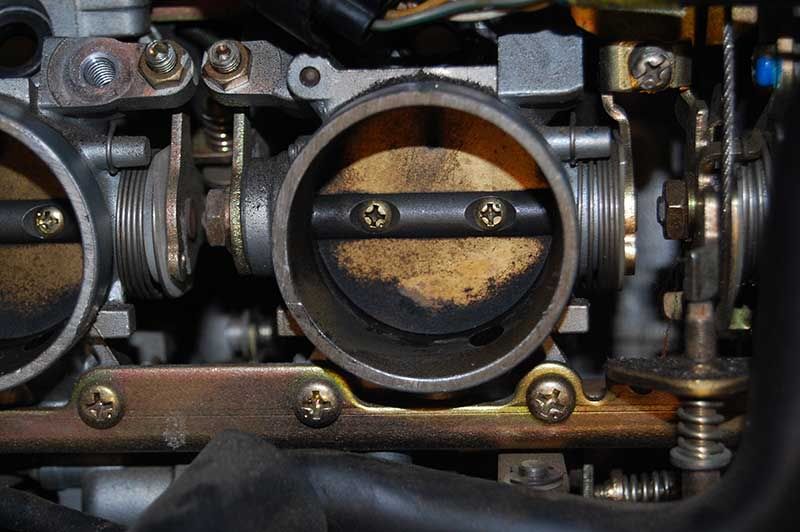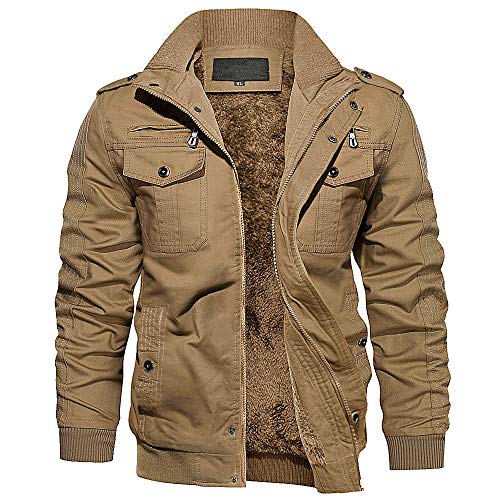Back when I had my starter issues I had that airbox outa there several times. Jeff hit it pretty straight, it's lots easier if you go ahead and remove the fuel rail, too. Sounds like you're doing more work, but by getting **** out of the way you're saving yourself a LOT of trouble.
Seat off. Tank off. Fuel rail off. Side bodywork off (but not the main fairing panels.) Remove the air filter and unplug the ECU. Remove the tool tray (which the ECU is bolted to.) Unplug that sensor that sits on the airbox, and remove the bracket that holds the back of the gas tank, since it also holds the top of the airbox. There are several hoses to the airbox, including one underneath that you won't find until you lift the airbox and wonder where it came from, unless you're looking for it. So look for it.
The absolute hardest part of the job is getting the airbox ports back onto the throttle bodies. As soon as you think it's there, one tube will pop out. And you have to have them ALL in before you can start tightening the clamps. And don't go through all that and THEN remember the hose that goes in underneath. You'll say bad things and the neighbors will complain about your shouting.
Skoot, if you really have no idea, the throttle bodies get nasty because the crankcase breathes into the airbox. Kinda like PCV on a car, but no valve.























![fjackets Real Lambskin Leather Biker Jacket — Quilted Cafe Racer Zip Up Moto Leather Jackets For Men | [1100085] Johnson Brown, XL](https://m.media-amazon.com/images/I/41I7Pm1f+vL._SL500_.jpg)







































